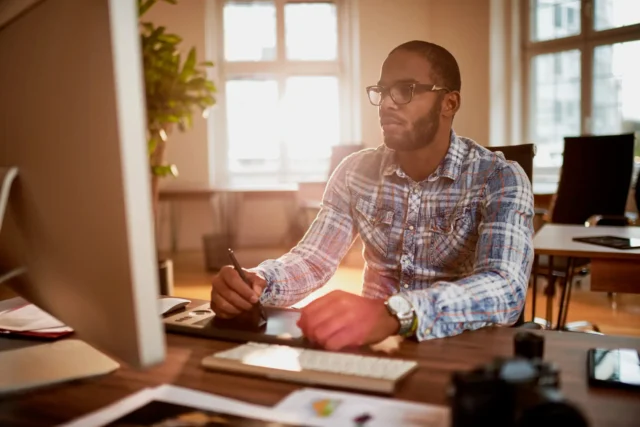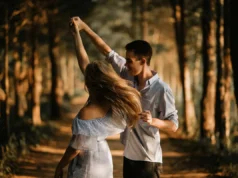
Ready to take your real estate photography skills to the next level? Whether you’re a budding photographer or a professional with years of experience, you’ll find something useful in this blog. Join us as we explore essential photography tips every real estate photographer should know!
Camera Settings
When it comes to real estate photography, the success of your shoot depends greatly on your camera skills and settings. Whether you’re an experienced photographer like Chicagoland real estate photographer aiming to improve your technique or a complete beginner getting started with professional photography, there are some essential camera settings every real estate photographer should know.
The first basic setting you need to be aware of is exposure. This will determine the brightness and darkness of the photograph and can be adjusted using shutter speed, ISO, and aperture settings. Next, consider white balance – setting this correctly before you begin shooting can save you a lot of time in post-processing.
If you want Crisp details when shooting sharp lines or intricate details like window frames, turn on image stabilization mode. Set your focus mode to continuous so that any moving objects will still remain in focus throughout an entire scene. Finally, take advantage of bracketing to produce high dynamic range (HDR) images.
Lighting Techniques

The type and amount of lighting you use will depend on what type of picture you are trying to achieve and how much natural light is available in the room. Here are some common light sources used by real estate photographers:
Natural light is great for real estate photography because it’s often very bright and visually appealing. To capture natural light, simply move furniture out of the way or close blinds and curtains so that you can photograph each room in its most flattering state.
Flash lighting is great for situations when there isn’t enough natural light or when you want more control over diffusing shadows or illuminating small details in a scene.
Framing and Composition
No matter the type of camera you use, framing and composition are incredibly important to achieving the highest-quality real estate images. Here are some tips to remember when framing and composing your shots:
- Make sure you’re in the right position for the shot. Consider adjusting your height or vantage point as needed to get the best angle.
- Fill your frame with what’s important in the photo – like interesting architecture or key features of that space – by zooming in or getting closer.
- Look for interesting lines, patterns, or shapes within the space and use these elements to lead viewers’ eyes through a photo.
- Pay attention to empty spaces – do they need negative space to help compose an image or do they need additional design elements (like furniture) to give balance?
Post-Processing

Post-processing can include any adjustments to the photo such as:
- Color correction is especially important for indoor photography where lighting can be more difficult to control and exposing various aspects of the photo might be more complicated than outdoors.
- Brightness/contrast adjustments can bring out darker shadows or brighten highlights in a photo depending on how much light was available when it was taken.
- HDR editing might be necessary for outdoor shots with brighter skies or complex landscapes so that details are not lost in overblown sections of the image due to strong lighting during the shoot.
- Sharpening can bring out tiny details in an image like brick patterns or textured surfaces that would have otherwise been unrecognizable.
Conclusion
Remember: practice makes perfect! As long as you take time away from shoots and review your images, your photos will become increasingly more professional and effective at showing off a property in all its glory. Good luck!














